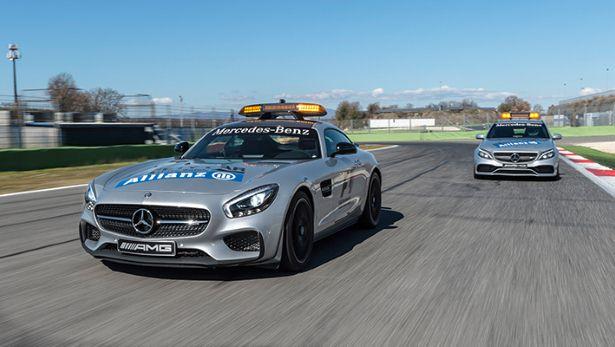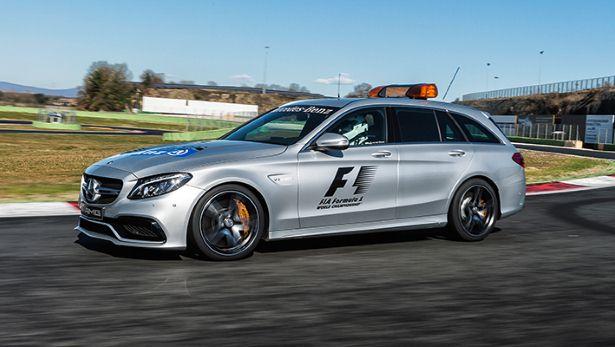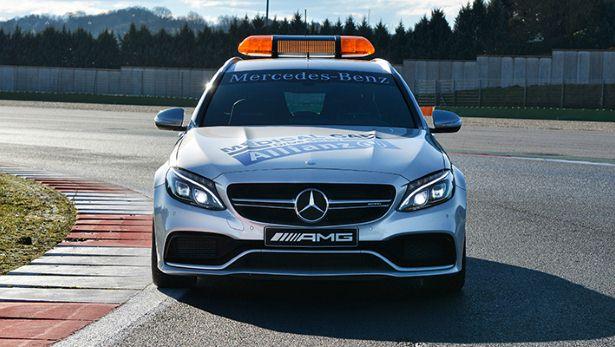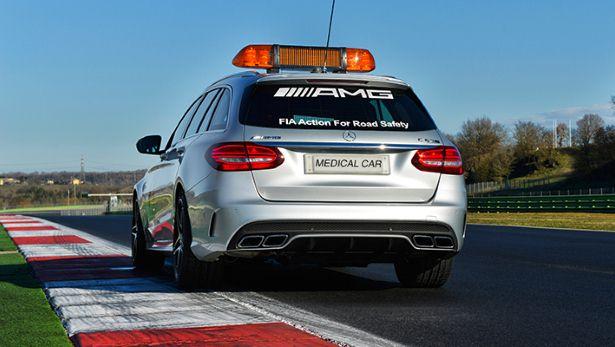Mercedes AMG GT S Safety Preps For F1 2015 Season
This year's season of one of the most iconic sportscar racing events is starting in a few days. To kick off that season, Mercedes-AMG is announcing two of the cars that will headline the race somewhat, without actually taking part in it. Retiring 2010's SLS AMG, Mercedes is announcing its successor, which doesn't really stray far from the tree. The new Mercedes AMG GT S, patterned after 2015 coupe of the same name, will be this season's star when it comes to safety.
The Mercedes SLS AMG was considered to be one of if not the fastest safety car in the history of Formula One racing, which is almost an oxymoron if you think about it. Safety cars are used to set the slower pace of the race during caution periods. But the growing power in race cars means that safety cars need also to be able to keep up and not drag the race down considerably, even during such periods. Hence the need for speed. More of it.
This GT S version is pretty much like the regular one in terms of raw output. There is a 4-liter twin turbo-charged V8 engine, capable of delivering 510 hbp and with 479 lb-ft of torque. The car can accelerate from 0 to 60 mph in just 3.8 seconds and max speeds reaches 200 mph. One modification that Mercedes makes to make this GT S "Formula One ready" is make it purr almost literally. A modified Performance exhaust delivers the engine sound that is just music to F1 fans' ears.
Of course, there are the usual strapping of a safety car, like the large orange light on top. This light is mounted on top of an air scoop constructed out of carbon fiber. Other accessories include head and tail lights equipped with strobe effects, a special plate number, and a TV camera inside. Bernd Mayländer, who has been driving these safety cars since 2000 will once again take the wheel.
Aside from a safety car, Mercedes will also be providing a medical car for the Formula One as well, this time in the form of the AMG C63 Estate. Though traveling more slowly than the AMG GT S safety car, at a max speed of 155 mph and with an acceleration of 0 to 62 mph in 4.1 seconds, the car will be equipped with more paraphernalia, including defibrillators, respirators, and an in-car Wi-Fi hotspot.
VIA: TopGear





